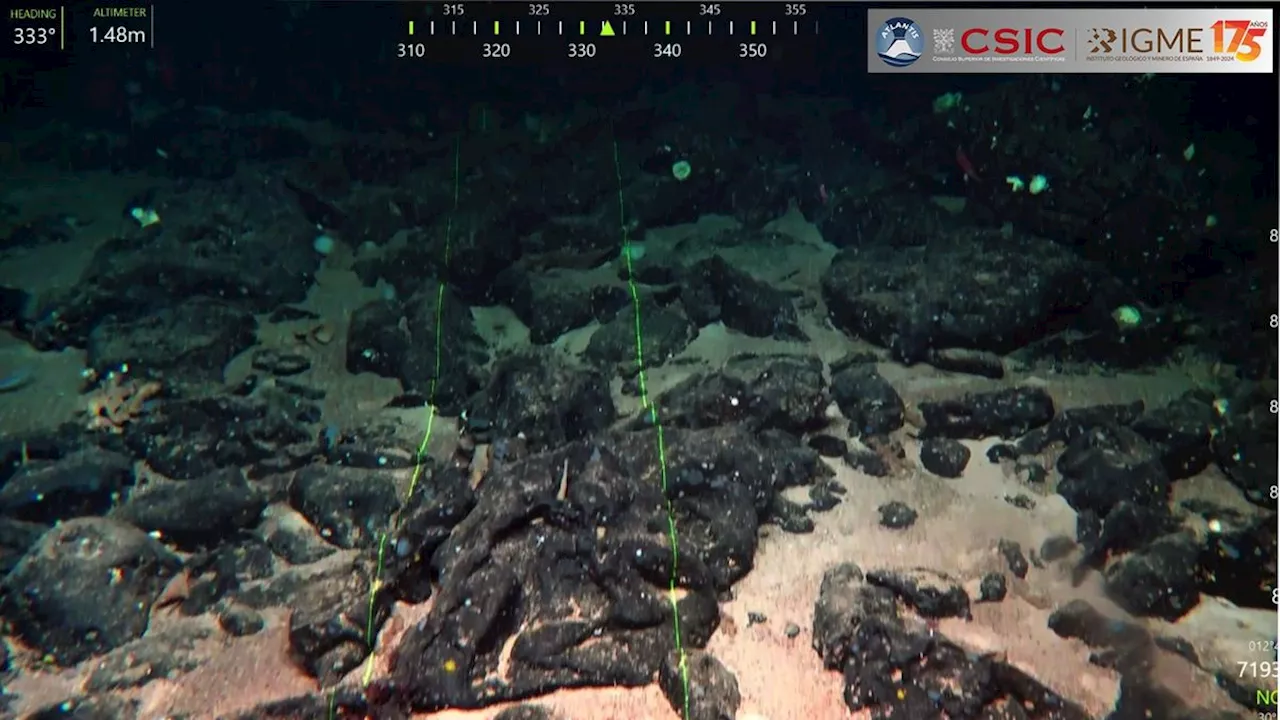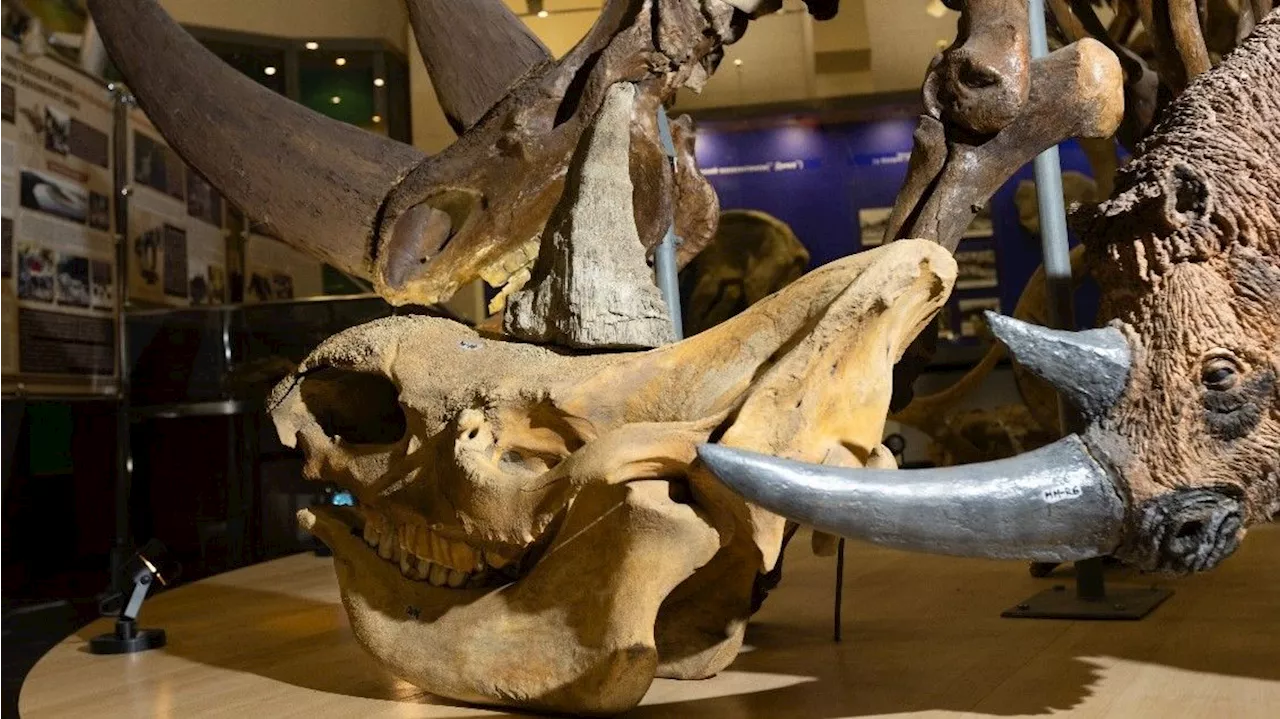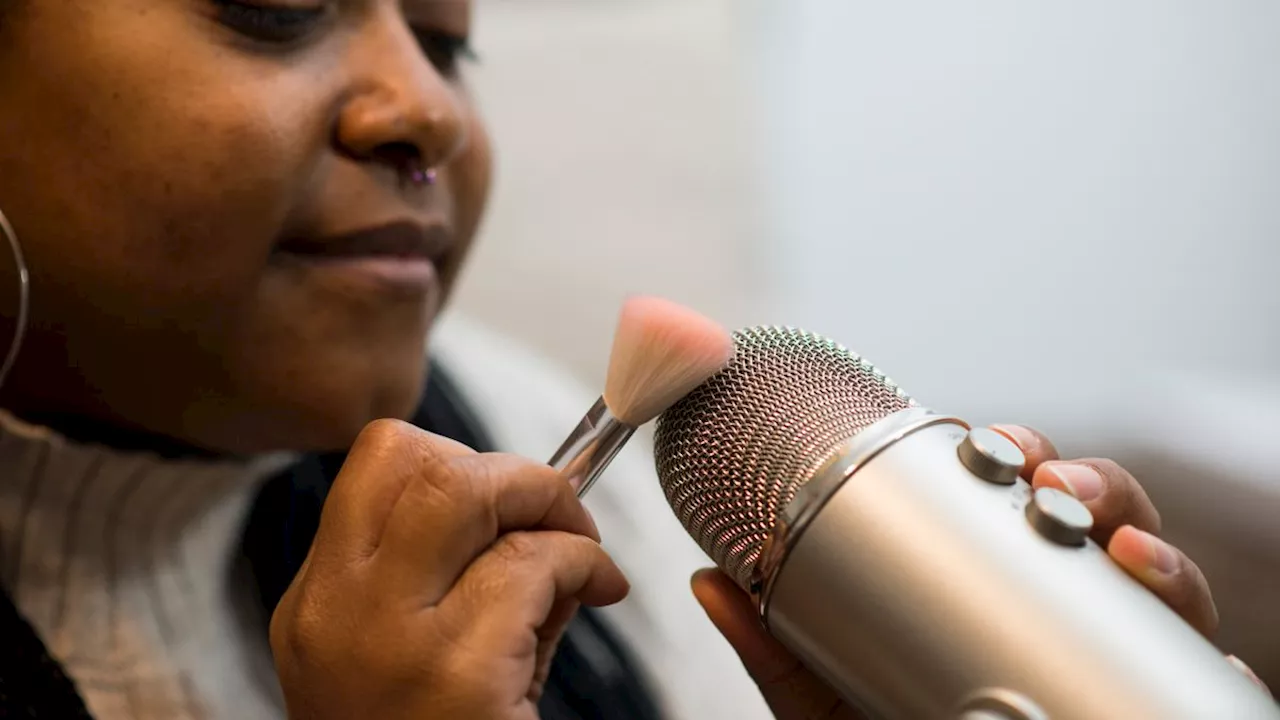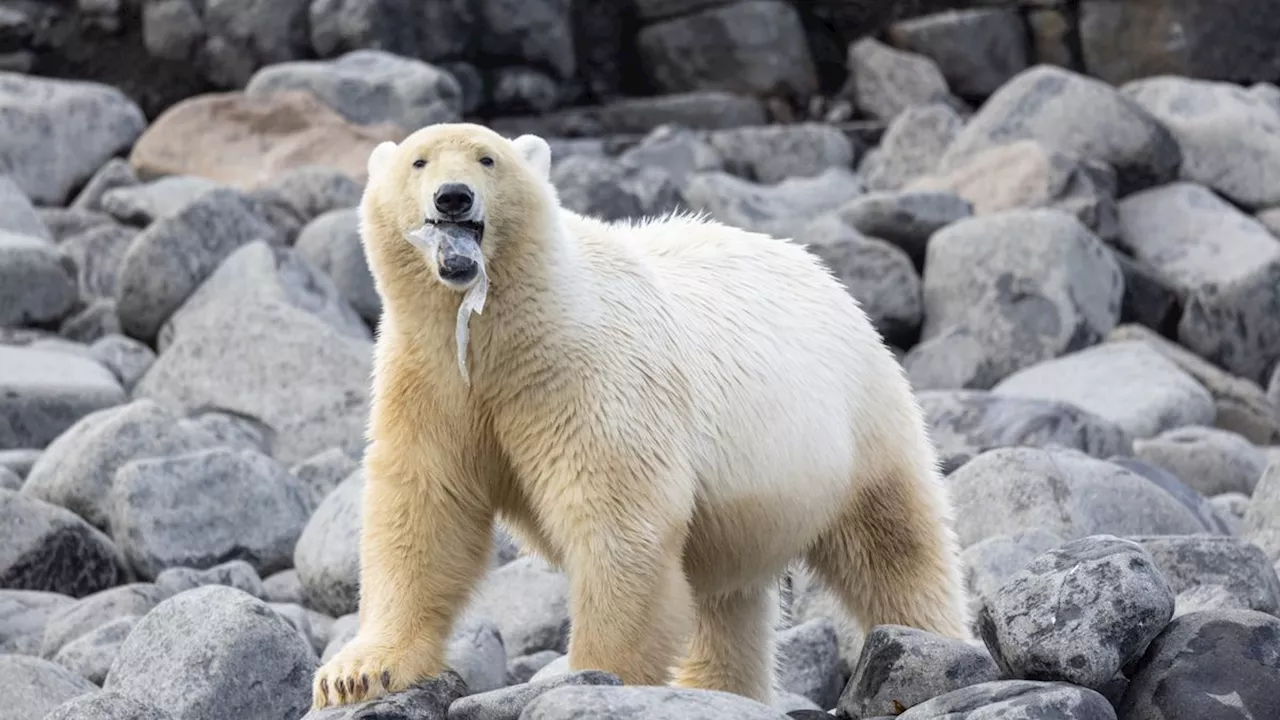Hannah Osborne is the planet Earth and animals editor at Live Science. Prior to Live Science, she worked for several years at Newsweek as the science editor. Before this she was science editor at International Business Times U.K. Hannah holds a master's in journalism from Goldsmith's, University of London.
An image capturing a polar bear with plastic hanging from its jaws has been shortlisted for the Ocean Photographer of the Year 2024 award. The image, taken on Kiepert Island in the Svalbard archipelago off Norway, by photonaturalist Celia Kujala serves as a"a stark reminder that even the uninhabited reaches of the Arctic are not exempt from the pervasive grip of plastic pollution," competition representatives wrote in a statement emailed to Live Science.
The polar bear photograph highlights the scale of plastic pollution in the Arctic and the impact it has on regional species. Considered vulnerable by the International Union for Conservation of Nature Red List of Threatened Species, polar bears face multiple threats. A 2016 study predicts their numbers will fall by 30% by the middle of the century.
"There are not enough data to get a clear picture, but it is probable that bears are more likely to ingest plastic when they find human trash as they seek food on shore," John Whiteman, chief research scientist at Polar Bears International and assistant professor of biology at Old Dominion University in Virginia, told Live Science in an email.
United States Latest News, United States Headlines
Similar News:You can also read news stories similar to this one that we have collected from other news sources.
 'This could be the origin of the Atlantis legend': Mountain that sank beneath the waves discovered off Canary IslandsHannah Osborne is the planet Earth and animals editor at Live Science. Prior to Live Science, she worked for several years at Newsweek as the science editor. Before this she was science editor at International Business Times U.K. Hannah holds a master's in journalism from Goldsmith's, University of London.
'This could be the origin of the Atlantis legend': Mountain that sank beneath the waves discovered off Canary IslandsHannah Osborne is the planet Earth and animals editor at Live Science. Prior to Live Science, she worked for several years at Newsweek as the science editor. Before this she was science editor at International Business Times U.K. Hannah holds a master's in journalism from Goldsmith's, University of London.
Read more »
 Siberian gold miners accidentally find ancient woolly rhino mummy with horn and soft tissues still intactHannah Osborne is the planet Earth and animals editor at Live Science. Prior to Live Science, she worked for several years at Newsweek as the science editor. Before this she was science editor at International Business Times U.K. Hannah holds a master's in journalism from Goldsmith's, University of London.
Siberian gold miners accidentally find ancient woolly rhino mummy with horn and soft tissues still intactHannah Osborne is the planet Earth and animals editor at Live Science. Prior to Live Science, she worked for several years at Newsweek as the science editor. Before this she was science editor at International Business Times U.K. Hannah holds a master's in journalism from Goldsmith's, University of London.
Read more »
![]() Future chips could swap silicon for faster and more efficient 2D crystal semiconductor full of useful atomic 'defects'Skyler Ware is a freelance science journalist covering chemistry, biology, paleontology and Earth science. She was a 2023 AAAS Mass Media Science and Engineering Fellow at Science News. Her work has also appeared in Science News Explores, ZME Science and Chembites, among others. Skyler has a Ph.D. in chemistry from Caltech.
Future chips could swap silicon for faster and more efficient 2D crystal semiconductor full of useful atomic 'defects'Skyler Ware is a freelance science journalist covering chemistry, biology, paleontology and Earth science. She was a 2023 AAAS Mass Media Science and Engineering Fellow at Science News. Her work has also appeared in Science News Explores, ZME Science and Chembites, among others. Skyler has a Ph.D. in chemistry from Caltech.
Read more »
 What is ASMR, and why do only some people experience it?Skyler Ware is a freelance science journalist covering chemistry, biology, paleontology and Earth science. She was a 2023 AAAS Mass Media Science and Engineering Fellow at Science News. Her work has also appeared in Science News Explores, ZME Science and Chembites, among others. Skyler has a Ph.D. in chemistry from Caltech.
What is ASMR, and why do only some people experience it?Skyler Ware is a freelance science journalist covering chemistry, biology, paleontology and Earth science. She was a 2023 AAAS Mass Media Science and Engineering Fellow at Science News. Her work has also appeared in Science News Explores, ZME Science and Chembites, among others. Skyler has a Ph.D. in chemistry from Caltech.
Read more »
 Lilo And Stitch First Look At D23 EventMove aside live-action Sonic; there's a new live-action furball in town.
Lilo And Stitch First Look At D23 EventMove aside live-action Sonic; there's a new live-action furball in town.
Read more »
 Republication Terms and Conditions | Science NewsScience News and Science News Explores are published by the nonprofit Society for Science, dedicated to public engagement in scientific research and education.
Republication Terms and Conditions | Science NewsScience News and Science News Explores are published by the nonprofit Society for Science, dedicated to public engagement in scientific research and education.
Read more »
